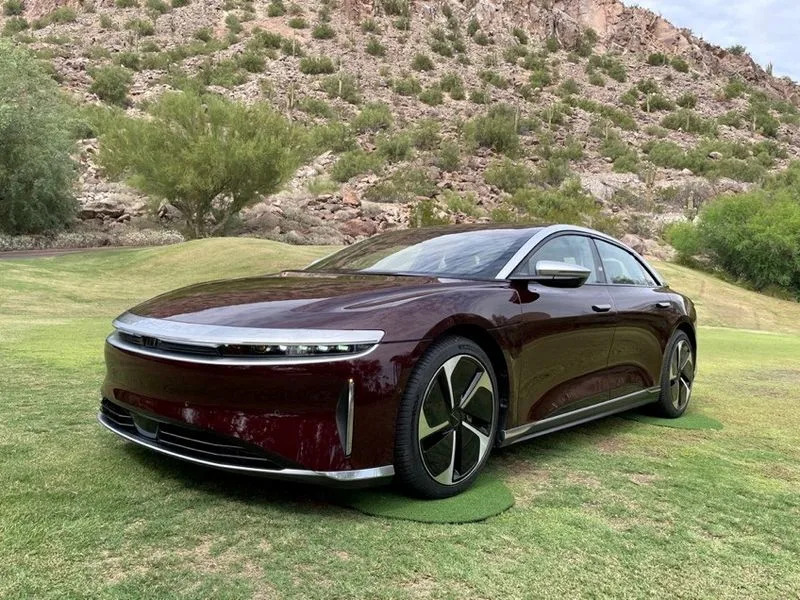
Michelle Cheng
Thu, February 23, 2023
When Russia invaded Ukraine in February of last year, experts at various outlets warned shipments of wheat could be cut off, which could spur shortages of the grain. The shortages would then lead to higher prices for pantry staples, from flour to pasta to bread. Together, Russia and Ukraine export more than a quarter of the world’s wheat.
Most wheat is imported by countries with limited production capabilities, and the largest growth markets for wheat imports are North and sub-Saharan Africa, the Middle East, and Southeast Asia, according to the US Department of Agriculture (USDA).
But the prediction of a global wheat shortage did not come to full fruition. Ukraine harvested 20 million tons of wheat last year, which was about 25% below the average level. The decline in wheat exports from Ukraine was balanced out by an increase in production elsewhere, said Monika Tothova, an economist at the United Nations Food and Agriculture Organization (FAO). The total wheat production in 2022 increased globally due to higher exports from countries like Canada and Russia, which had a few years of above-average production.
In addition, wheat shipments made their way out of Ukraine. Under the July agreement, the resumption of Ukrainian grain exports via the Black Sea allowed the shipments of commercial food exports from three Ukrainian ports. The United Nations (UN) estimates that the parties’ decision in November to extend the agreement contributed to a 2.8% drop in global wheat prices. Negotiations will start this week on extending the agreement.
How the invasion of Ukraine led to fears of a global wheat shortage
When the war broke out, it wasn’t clear how wheat shipments would reach the growth markets, said Tothova. So wheat prices skyrocketed, which creates problems for countries that depend on imports. (In fact, wheat prices were rising even before the war due to pandemic-related supply chain snags and extreme weather.) To date, wheat prices have dropped from their highs but remain elevated. “Globally you do not have shortages, it doesn’t mean, however, that there are no problems on a country level,” she said.
datawrapper-chart-8s04Z
Several of the wheat import-dependent countries, including Congo, Ethiopia, and Sudan, face a hunger crisis. Some countries also have certain economic problems, including experiencing high energy prices (though prices are falling) or having spent a lot of resources on the covid-19 pandemic, said Tothova. At the end of last year, the US dollar strengthened, boosting the cost to these countries of commodities denominated in dollars. These were all factors affecting how much wheat the countries could afford to import, she said.
This year could be a different story. While Ukrainian farmers was able to plant the wheat before last year’s harvest, they don’t have all their usual resources, she said.
How will wheat production fare in the ongoing war?
For one, Ukrainian farmers didn’t have much liquidity, constraining how much farmers spent on inputs, such as fertilizer, said Tothova.
With the lands still contaminated with mines, and rail lines and roads in rough shape, production will still be well below average. The planting of winter wheat for the harvest in July 2023 was 40% below the 2022 level, according to estimates by the UN’s Food and Agriculture Organization (FAO).
Still, wheat producers in Ukraine have gained confidence they will be able to export their product, said Tim Luginsland, Wells Fargo Agri-Food Institute sector manager, in an email. “So they will plant as much as they can.” He added this may be the year the US can increase its wheat exports if the US experiences normal precipitation.
The Russia-Ukraine war’s effect on global food insecurity
The war is one of the many factors contributing to worsening global food insecurity. East Africa, for instance, continues to experience years-long droughts in addition to political instability. Prior to the outbreak of the war in Ukraine, the number of undernourished in 2022 was 733.9 million people, according to FAO estimates. Based on new baseline projections in an environment of higher prices, that number increased by about 10 million, Tothova said. “The international prices, on average, for a number of reasons, including the ripple effects of the war in Ukraine, are making the situation worse,” she said.
“The world is functioning in this very interconnected manner,” she said, pointing to how the war contributed to higher energy prices, which drove up prices globally, which impacted interest rates. But, when it comes to agriculture, the biggest unknown tends to be weather, particularly, as weather events have become more extreme.
Quartz








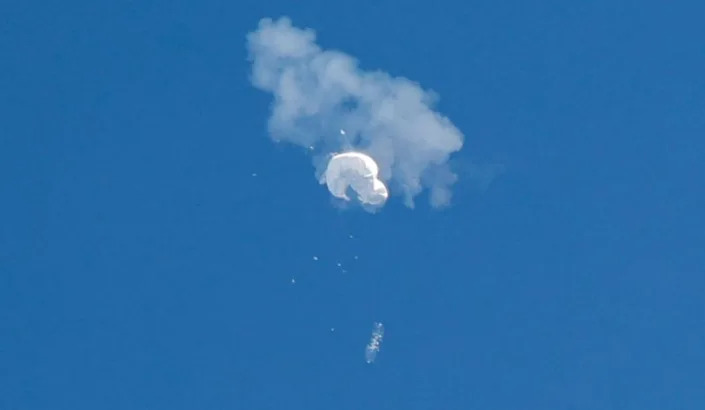
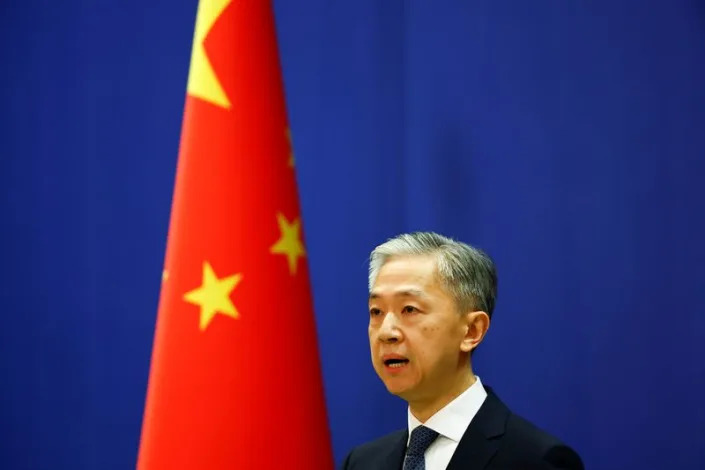
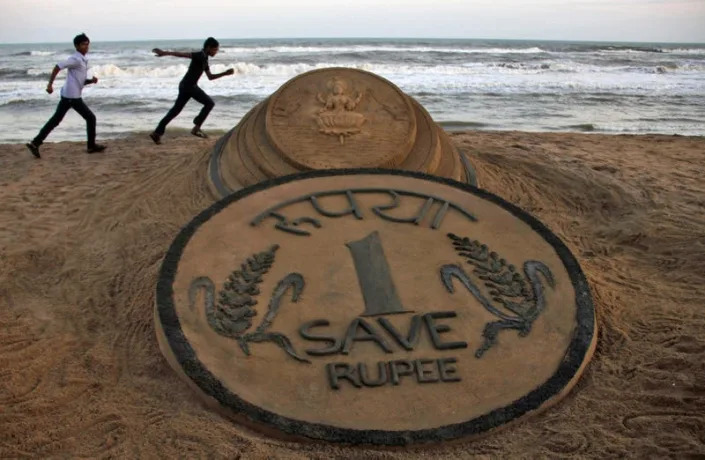
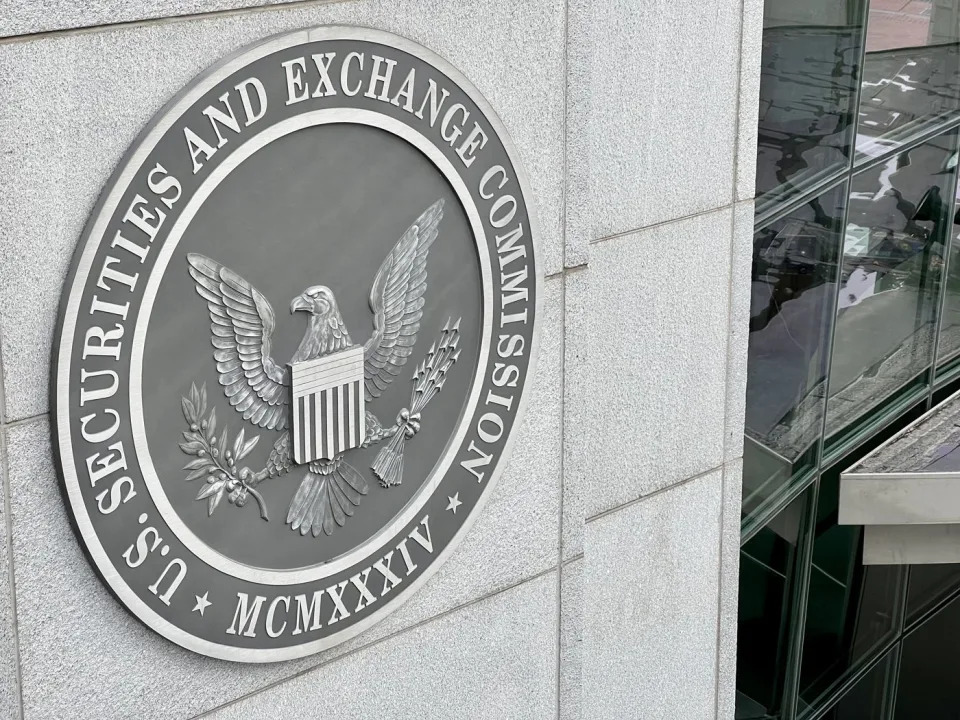
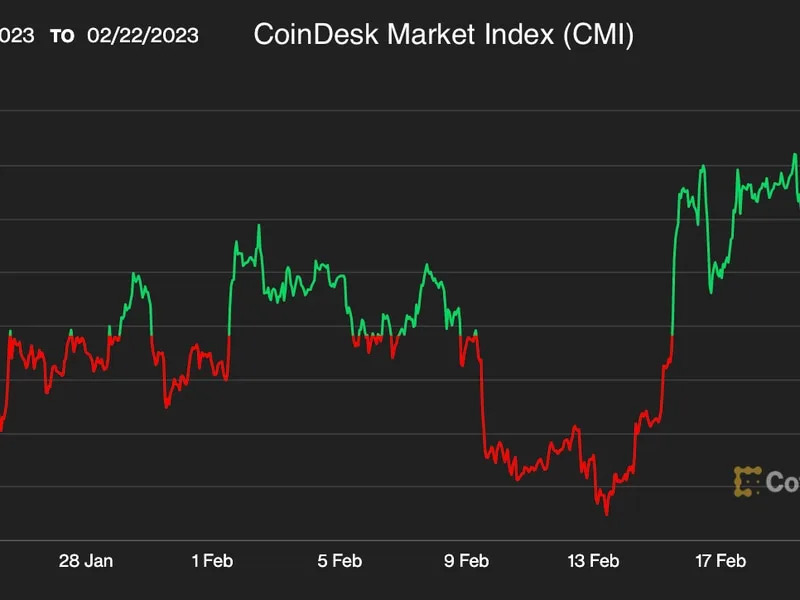
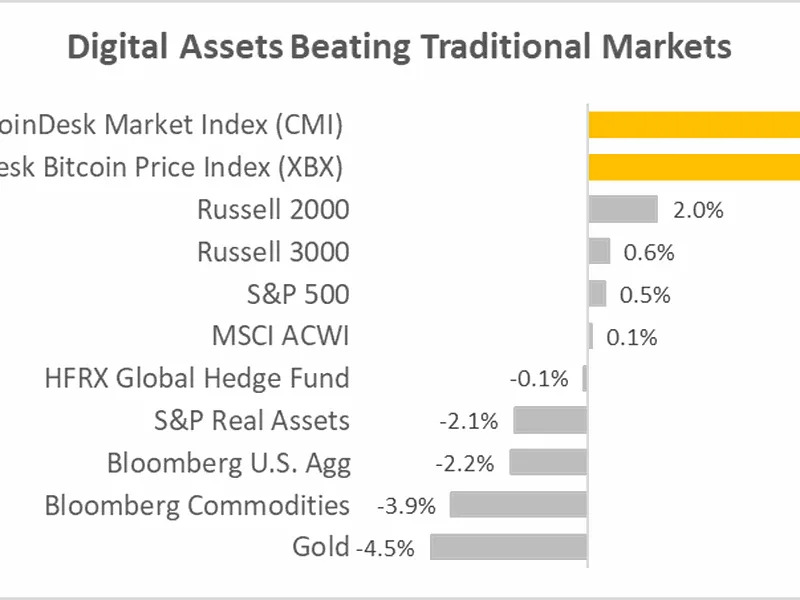
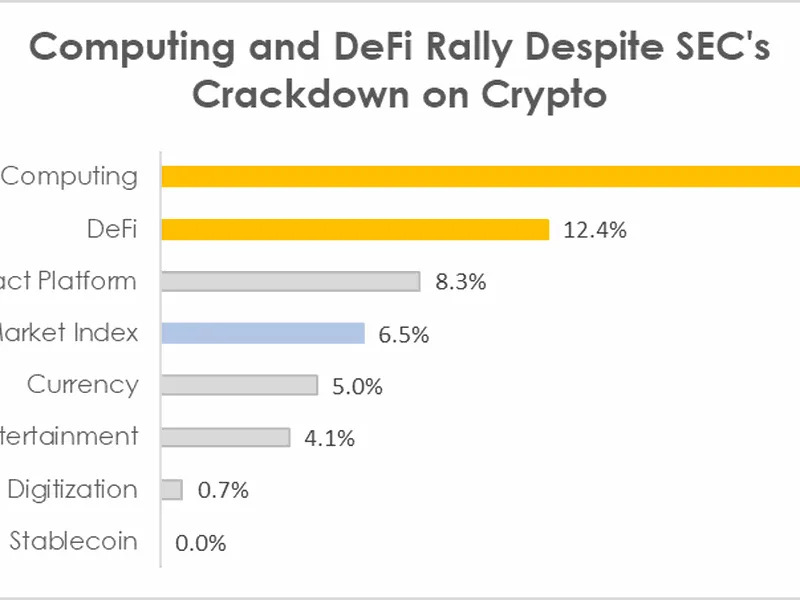
.jpg)




